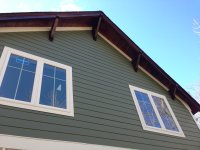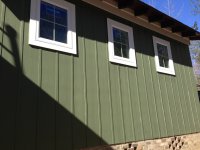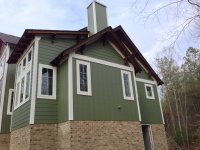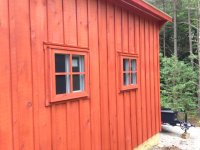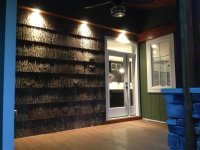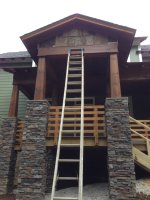EddieWalker
Epic Contributor
I agree 100% that nothing compares to the look of real wood!!! That building is just amazing and truly something to be proud of. Sadly it wouldn't look like that very long here in East Texas with our high humidity. I've never been to Georgia, so I'm hoping your weather conditions there don't lead to mold and rot like they do here. We have several log home manufacturers in the area and rotting logs are a serious problem. I'm not expert, but from what I understand, a log home doesn't hold the value of a brick home because of the issues with upkeep and how common it is for the logs to have rot. Going with a very good quality wood and protecting it with the best products available should solve most if not all issues associated with using real wood. Wrap around porches are also really helpful in protecting the siding. If you can't do that, go with the largest eves you can with gutters will also help.
That house you posted doesn't have a porch to protect the front door. That's too bad because you really need to protect a front door from the elements. My guess is that there is rot at the threshold in less then five years.
Eddie
That house you posted doesn't have a porch to protect the front door. That's too bad because you really need to protect a front door from the elements. My guess is that there is rot at the threshold in less then five years.
Eddie
